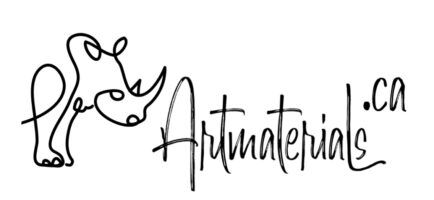- You have no items in your shopping cart
- Continue Shopping

When working with oil paint, artists often utilize various mediums to achieve specific artistic objectives. Allow me to introduce some traditional recipes that were commonly employed by artists in Europe. All of them are easy to mix and they serve well when used wisely.
Fast Drying Medium
The main disadvantage of painting with oil is the long drying time. For some paints, without siccative added, it may take even several weeks before the paint cures. This simple recipe can help speed up the drying process:
1 part of linseed oil
1 part of pine turpentine
1 part of white spirit (can be odourless)
Mix and shake well before use. Use it as a thinner.
Retouching varnish
When the layers need some treatment for better adhesion, some turpentine dammar gum varnish may help.
1 part of turpentine gum or dammar gum (by volume)
2 parts of turpentine or white spirit
If you don’t want to make it from scratch, just use dammar varnish (3 parts) diluted by white spirit (1 part by volume).
Glazing Medium
Here, we need something thick and sticky to let the finest layer of pain adhere to a canvas with even distribution. You can use stand oil as is or make a simple mixture:
1 part of stand oil
1 part of linseed oil
1 part of turpentine (NOT white spirit)
1 part of dammar varnish
Try it in different proportions to make it work the way you like.
These are classical recipes for basic oil painting mediums.
Being very sensitive to solvents, I developed some non-toxic ENL oil mediums that I’m using myself in my artwork. They are all slow-drying (with no volatile components involved), but I can safely work indoors and enjoy my painting process.




